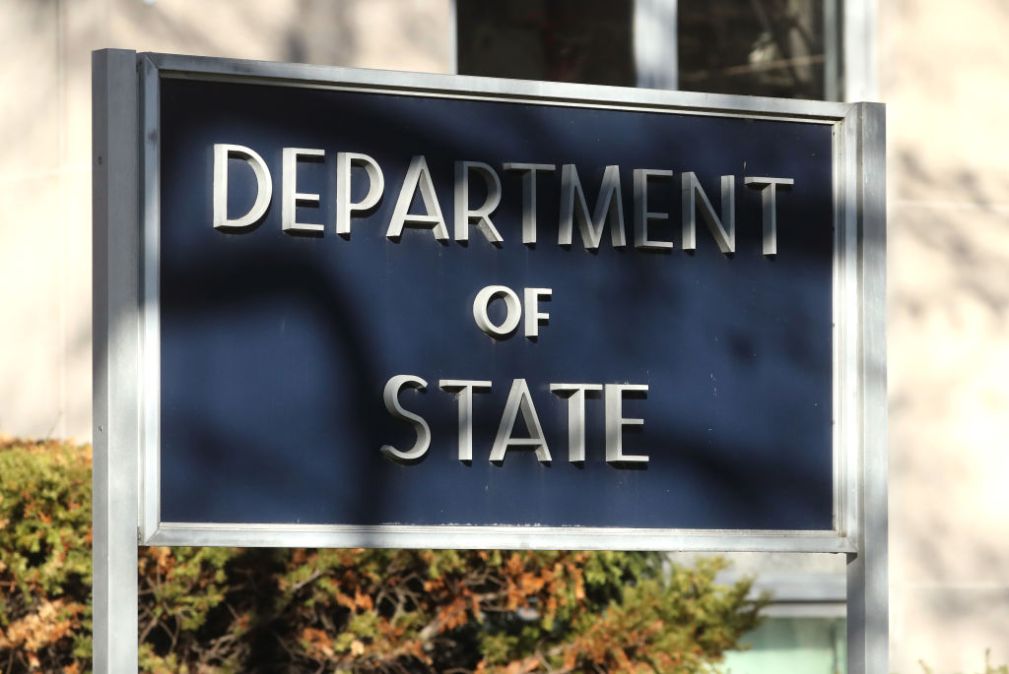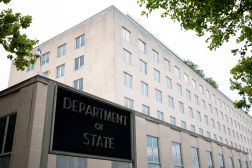State Department reorganization impacts science, cyber bureaus

A reorganization of the State Department will get rid of the agency’s science and technology advisory office and move a bureau that leads foreign policy on cyberspace and digital technology to a new home.
Under an organizational chart that was published by the department Tuesday, the Office of the Science and Technology Adviser to the Secretary would be eliminated as a standalone office. Meanwhile, the Cyberspace and Digital Policy bureau, which had reported to the deputy secretary of state per a May 2024 organizational chart, will now be nested under the undersecretary for economic growth, energy and environment.
Those changes were among many announced in the reorganization, which Secretary of State Marco Rubio described as an effort to address increasing costs and “less effective and efficient diplomacy” at the department. He called the current State Department “bloated, bureaucratic, and unable to perform its essential diplomatic mission” and said the reorganization would “empower” the department.
“Region-specific functions will be consolidated to increase functionality, redundant offices will be removed, and non-statutory programs that are misaligned with America’s core national interests will cease to exist,” Rubio said.
While the department released the chart and statements from Rubio, it didn’t clarify what’s being consolidated versus removed. The State Department declined to answer FedScoop’s questions about whether the science and technology advisory functions would be moved to another office and what moving the cyberspace bureau would mean for that office.
Other bureaus that appear to be eliminated as individual offices include the Foreign Service Institute, which trains diplomats, and the Conflict and Stabilization Operations, which works to anticipate and avert conflict. The reorganization also appears to create new offices, such as a bureau for emerging threats.
The reshuffle comes after President Donald Trump in February called on agencies to develop reorganization and “large-scale reductions in force” plans as part of his Department of Government Efficiency Workforce Optimization Initiative. Several agencies have launched those plans into action. The Department of Health and Human Services, for example, is reducing the number of divisions from 28 to 15 and cut 10,000 workers.
While not noted in the State Department’s public statements, several news outlets, including the Associated Press, have reported that the department’s plans will reduce staff by 15% and consolidate more than 100 offices. The department also declined to comment on FedScoop’s inquiry about how many workers would be impacted by that workforce reduction.
FedScoop, however, independently confirmed the expected staff cuts with two sources who viewed an internal department document. Those sources, who were granted anonymity to speak more freely, said that the internal communication also stated plans to consolidate IT functions at the Bureau of Diplomatic Technology.
It also isn’t clear when the changes will take place, though the new organization chart is labeled “as of July 1, 2025.”
In a news conference Tuesday, State Department spokeswoman Tammy Bruce addressed the impact on the workforce, saying it wasn’t “something where people are being fired today” and that “no one’s going to be walking out of the building.”
“It is a roadmap. It’s a plan,” Bruce said, adding that congressional notice has been sent.
The broader reorganization from the State Department comes after it last week disbanded what was left of the Global Engagement Center, an arm of the department focused on combating disinformation campaigns, including manipulation of information by adversaries, spread outside the U.S.
That office drew criticism from Republicans in Congress for its work during the Biden administration, particularly its support of the Election Integrity Partnership on election misinformation. GEC officially closed in December after Congress let its funding lapse.
Before it shut down, GEC had emphasized that it took specific steps to exclude “U.S. person data from our searches.” Its remaining functions were renamed as Counter Foreign Information Manipulation and Interference, or FIMI.
In a Substack blog post on the reorganization, Rubio pointed to GEC as an example of “an out-of-control” State Department. He accused the office of working with media outlets to censor speech, including the president’s speech.
Rubio specifically cited a quote from former GEC Director Richard Stengel’s book “Information Wars,” in which the author said: “Trump employed the same techniques of disinformation as the Russians and much the same scare tactics as ISIS.”
Rebecca Heilweil contributed to this story.
This story was updated April 24 to reflect information on staffing reductions and IT consolidation.






